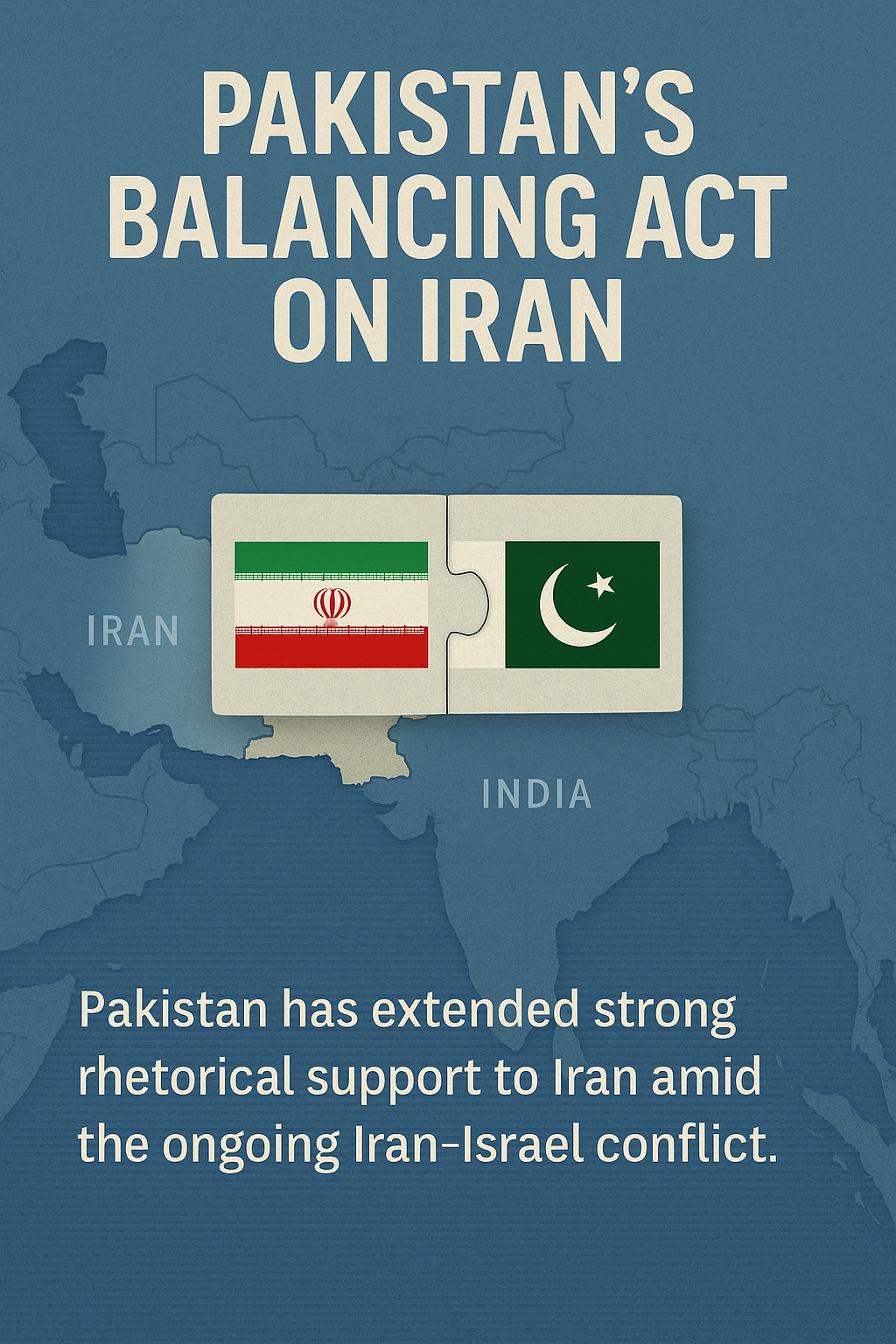
📅 May 10, 2025, Post 7: Strike in the Scarlet Sky: Rafale vs. F-16 and India’s Operation Sindoor | Mains Essay / Target IAS-26 MCQs Attached: A complete Package, Dear Aspirants!
Strike in the Scarlet Sky: Rafale vs. F-16 and India’s Operation Sindoor

NATIONAL HERO — PETAL 007
May 10, 2025
Thematic Focus: Defence Strategy 🛡️ | Counterterrorism | Indo-Pak Relations | Airpower Analysis
Intro Whisper
In the early blush of May, the Indian Air Force carved precision trails across the border skies, striking terror camps in one of the most daring operations since Balakot — and with it, reignited the aerial rivalry: Rafale vs. F-16. ✈️🔥
Key Highlights
• What is Operation Sindoor?
India launched Operation Sindoor, targeting 9 high-value terror sites across Pakistan and PoJK linked to Jaish-e-Mohammed (JeM) and Lashkar-e-Taiba (LeT). The operation, named after the sacred hue, was marked by deep-penetration precision strikes, avoiding civilian or military Pakistani infrastructure.
• Terror Targets Hit:
Some major sites included:
- Markaz Subhan Allah (Bahawalpur) – JeM’s headquarters.
- Markaz Taiba (Muridke) – LeT’s iconic training facility.
- Sarjal Tehra Kalan (Narowal) – Infiltration hub with drone-smuggling tunnels.
- Shawai Nallah Camp (Muzaffarabad) – Backed by Pakistani Army/ISI for infiltration into Kashmir.
• Weapons Deployed by India:
- SCALP Cruise Missiles – 250+ km deep-strike precision.
- HAMMER Bombs – Bunker-busting modular munitions.
- Loitering Munitions (Kamikaze Drones) – Real-time target acquisition and strikes.
• Rafale vs. F-16: A Combat Comparison
- Generation & Design: Rafale is a 4.5-gen multirole jet vs. the older F-16 (4th gen, Cold War-era frame).
- Missiles: Rafale’s Meteor missile (150+ km) outmatches F-16’s AMRAAM (100 km).
- Electronic Warfare: Rafale’s SPECTRA suite provides radar jamming & stealth; F-16 relies on older ALQ pods.
- Radar Tech: Rafale’s RBE2 AESA radar can track multiple threats at 200+ km. F-16s use legacy tech.
- Combat Radius: Rafale exceeds 1,850 km vs. F-16’s 1,390 km, allowing deeper, faster, repeat sorties.
• Strategic Lessons from the Skies:
Rafale’s role in Operation Sindoor validated India’s integrated airpower doctrine, highlighting its ability to hit targets with surgical precision while maintaining diplomatic pressure. The F-16, although reliable, remains tactically limited by US-imposed usage restrictions and technological lag.
Concept Explainer: Why Rafale Matters for India’s Strategic Depth
Rafale isn’t just a jet — it’s a strategic multiplier. Its ability to combine long-range deep strikes, cutting-edge jamming, and survivability makes it central to India’s air dominance doctrine. In asymmetric warfare, where terror camps hide behind civilian shields and geographical borders, precision becomes the key to legitimacy and deterrence.
GS Paper Mapping
GS Paper 3 – Internal Security & Defence
• Role of External State and Non-State Actors
• Security Challenges and their Management in Border Areas
• Defence Technology & Strategic Capabilities
A Thought Spark — by IAS Monk
A nation’s dignity is not measured in megatons but in the resolve to strike evil with precision and restraint. Operation Sindoor painted not just targets in red — it reaffirmed that power, when disciplined, is the sharpest shield of peace.
High Quality Mains Essay For Practice :
Word Limit 1000-1200
Drones, Rafales, F-16s — The Changing Face of Modern Warfare
Introduction
From trench lines to touchscreen targeting, warfare has evolved into a domain where speed, precision, and intelligence define dominance. The 21st-century battlefield is no longer ruled by the sheer weight of armies but by the swiftness of missiles, stealth of jets, and eyes of drones. Whether it’s the Indian Rafale slicing through hostile skies, the Pakistani F-16 holding defensive formations, or Israeli HAROP drones silently eliminating threats — modern warfare is now digitized, decentralized, and deeply strategic.
In this new era, nations that master aerial superiority, unmanned warfare, and electronic dominance will define not just battles, but geopolitics.
I. The Rise of Aerial Superiority: Rafale and F-16 as Strategic Icons
• Rafale – India’s Strategic Multiplier
The Dassault Rafale, inducted into the Indian Air Force in 2020, represents a leap in multirole aerial dominance. It brings together air-to-air combat, deep-strike capability, and electronic warfare — all into one platform. With weapons like the Meteor missile, SCALP cruise missile, and HAMMER bombs, it can destroy targets well beyond line of sight.
The SPECTRA electronic warfare suite, stealth shaping, and Active Electronically Scanned Array (AESA) radar allow Rafale to detect, deceive, and destroy before being seen.
• F-16 – Workhorse of Western Air Doctrine
The F-16 Fighting Falcon, while a product of Cold War design, continues to serve in upgraded versions like the Block 52+ used by Pakistan. Its agility, affordability, and combat record make it reliable. However, its reliance on older radar and EW systems, and inferior missile range (AIM-120C5), place it a step behind newer platforms like Rafale in modern combat.
• Air Superiority is now Multi-Domain
Modern jets are no longer isolated warbirds. Their effectiveness depends on network-centric warfare — linking aircraft with satellites, drones, and ground assets. In this framework, jets like the Rafale act not just as fighters but as command nodes in a digitally fused battlespace.
II. Drones — The Silent Revolution in Combat
• From Surveillance to Kamikaze
Once limited to reconnaissance, drones now dominate actual strike roles. Platforms like HAROP, Bayraktar TB2, and Switchblade 600 are transforming tactical engagements. These loitering munitions, often called “kamikaze drones,” hover silently and attack with precision once a target is spotted.
In Operation Sindoor (2025), India used drones alongside Rafales to eliminate terror camps without endangering pilots or escalating conflict zones.
• Advantages of Drones
- Cost-effective: A drone strike costs a fraction of a manned jet sortie.
- Risk-free: No onboard pilot means no hostage or body risk.
- Persistent: Drones can hover, observe, and strike with patience unmatched by jets.
- Scalable: From mini quadcopters to long-endurance UAVs like Heron and Predator, drones fit every level of warfare.
• Autonomy and AI in Warfare
AI-enhanced drones can now self-navigate, identify targets using pattern recognition, and launch strikes independently. The lines between surveillance and engagement are fast blurring — raising both opportunities and ethical dilemmas.
III. Warfare Has Changed: From Blitzkrieg to Blink-strike
Modern warfare is no longer linear. It’s:
• Instantaneous: Missiles launched from hundreds of kilometers reach targets in minutes.
• Asymmetric: Terror cells, lone drones, and cyber saboteurs can inflict damage once only possible with armies.
• Unseen: Many modern battles begin and end without public knowledge — through silent airstrikes, cyber hacks, or financial blockades.
Operations like:
- Balakot Strike (2019)
- Nagorno-Karabakh Conflict (2020)
- Operation Sindoor (2025)
show how precision, not provocation, wins.
IV. The Electronic Battlefield
• Electronic Warfare (EW) is now as important as firepower.
Jamming radars, spoofing GPS, disabling drone links — these are modern bullets. Rafale’s SPECTRA suite, Israel’s SkyShield, and the U.S. Navy’s Growler EW jets show how electromagnetic dominance is often the first battle won.
• Cyber Operations also extend the battlefield.
They can paralyze power grids, disrupt communications, and delay missile launches — all without firing a shot.
V. Strategic Implications for India and the World
• India’s Layered Doctrine
India is moving toward a layered air strategy combining Rafales, Su-30MKIs, and Tejas fighters with UAVs like Heron and indigenous swarm drones. This synergy provides:
- Deep strike via Rafale + SCALP
- High endurance surveillance via Heron
- Precision frontline support via loitering munitions
- Rapid response via indigenous systems
• Pakistan’s Limitations
Reliant on US-supplied F-16s under strict end-user clauses, Pakistan faces strategic restrictions. Its drone capacity is improving via China, but integration remains limited.
• Global Airpower Trends
- U.S. and China are betting big on hypersonic weapons and AI-synced drone swarms.
- Israel and Turkey lead in low-cost combat drones.
- Russia’s war in Ukraine proved that air superiority must be paired with EW and anti-drone tech.
VI. Ethical and Legal Challenges Ahead
• Civilian Risk: Drones lower the threshold for military action. Strikes can be launched without due political scrutiny.
• Autonomy Concerns: What happens when a drone decides on a strike without human approval?
• Accountability in Digital Strikes: Unlike soldiers, autonomous systems leave no visible chain of command.
Nations must develop laws of autonomous conflict, digital rules of engagement, and cyber-military ethics to prevent unregulated warfare.
Conclusion
The battlefield is no longer a line of trenches — it’s a network of satellites, aircraft, and code. In this new order, Rafales bring precision, F-16s provide legacy strength, and drones redefine risk. The future of warfare will be decided not by who has the most soldiers, but by who has the smartest, fastest, and most adaptable systems.
“In modern war, silence is the new roar. The enemy falls before he hears the whistle.”
Target IAS-26: Daily MCQs :
📌 Prelims Practice MCQs
Topic:
MCQ 1
Consider the following statements about modern aerial warfare platforms:
1. The Rafale jet is equipped with the Meteor missile and SPECTRA electronic warfare suite.
2. The F-16 Fighting Falcon was originally designed during the Cold War era.
3. Loitering munitions can hover over a target area and strike when needed.
4.AI-powered drones are currently banned under international humanitarian law.
How many of the above statements are correct?
A) Only two
B) Only three
C) All four
D) Only one
🌀 Didn’t get it? Click here (▸) for the Correct Answer & Explanation
✅ Correct Answer: B) Only three
🧠 Explanation:
•1) ✅ Correct – Rafale carries the Meteor and has SPECTRA for EW.
•2) ✅ Correct – F-16 was developed during the Cold War.
•3) ✅ Correct – Loitering munitions act like “kamikaze” drones.
•4) ❌ Incorrect – AI-powered drones are not banned globally yet; the legal debate is ongoing.
MCQ 2
Which of the following statements best explains a key advantage of drones in modern warfare?
A) They are capable of carrying heavier payloads than manned jets.
B) They replace the need for air defence systems.
C) They can be operated without risking pilot lives and offer persistent surveillance.
D) Their use is limited to naval warfare due to altitude constraints.
🌀 Didn’t get it? Click here (▸) for the Correct Answer & Explanation
✅ Correct Answer: C) They can be operated without risking pilot lives and offer persistent surveillance.
🧠 Explanation:
• • Drones provide low-cost, no-risk combat surveillance and strike capability. They do not replace air defence or exceed manned jet payloads.
MCQ 3
With reference to India’s modern military strategy, which of the following pairs is correctly matched?
Rafale Jet — Deep precision strike capability
SCALP Missile — Short-range air-to-air missile
Heron Drone — High-endurance surveillance UAV
Meteor Missile — Air-to-surface bunker buster
Select the correct option:
A) 1 and 2 only
B) 1 and 3 only
C) 2 and 4 only
D) 3 and 4 only
🌀 Didn’t get it? Click here (▸) for the Correct Answer & Explanation
✅ Correct Answer: B) 1 and 3 only
🧠 Explanation:
•1) ✅ Rafale is used for deep-strike precision missions.
•2) ❌ SCALP is a long-range cruise missile, not short-range A2A.
•3) ✅ Heron is a surveillance UAV with high endurance.
•4) ❌ Meteor is an air-to-air missile, not air-to-surface.
MCQ 4
Which of the following features give the Rafale jet an edge over the F-16 in electronic warfare?
A) Twin-engine design and radar-absorbent paint
B) Meteor missile and advanced cockpit display
C) RBE2 radar and refuelling capability
D) SPECTRA suite enabling radar jamming and stealth maneuvering
🌀 Didn’t get it? Click here (▸) for the Correct Answer & Explanation.
✅ Correct Answer: D) SPECTRA suite enabling radar jamming and stealth maneuvering
🧠 Explanation:
• The SPECTRA EW suite is Rafale’s core system for electronic detection, jamming, and self-protection, giving it a technological edge over F-16s.


















